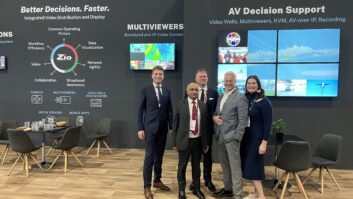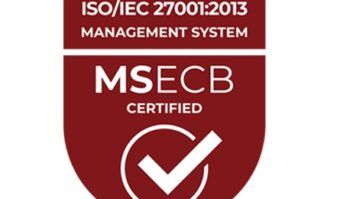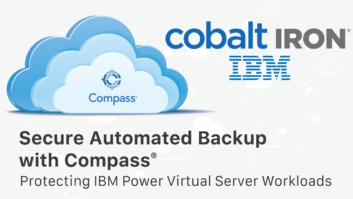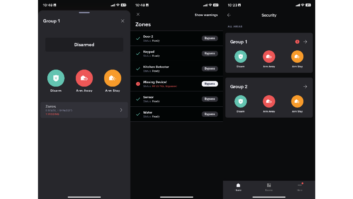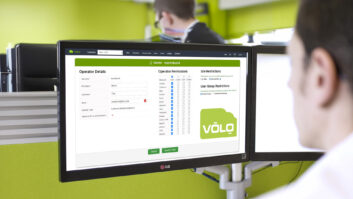
As any integrator and installer will know, day-to-day users of technology in the workplace don’t worry about security all that much. Of course, there are those who do care very deeply about security – IT professionals, facilities managers, integrators and installers. And with good reason – companies are facing more and more security threats every day.
In the last couple of years, most large-scale international companies have taken a structured approach to security, with policies and procedures clearly being defined and integrated. Many companies now have a chief information security officer in place. And in the next few years, security will become increasingly important for SMEs. Data is increasingly becoming the lifeblood of businesses of all sizes, and companies for whom it isn’t business critical are now few and far between.
Integrating technology
Integration and interactivity are also now equally important elements, as ‘standalone solutions’ no longer really exist. Technologies need to integrate with other systems – often from competing manufacturers – with minimal hassle and a seamless experience for the user. It is key for companies to look two or three years ahead and anticipate what future technologies will be needed, so this compatibility can be built into their system design. Companies will need to take into consideration the security challenges these technologies will present. The rise of AI within enterprise environments for example, in the next five to 10 years, has the potential to present a whole new level of enterprise security threats.
Even today, there is no longer a separate ‘AV world’ and ‘IT world’. AV devices are run on the company network, whether this is for management or for technology update reasons, and must comply and be fully acceptable with IT systems. For wireless AV presentation technology, there are methods to ensure that it is secure. If companies use button technology, then they must be confident that the system itself is immune to hacking. When using a software-based system, the security will come from the company’s broader IT systems, which need to be robust. And for any wireless transmission, it is important to have security encryption present.
Future enterprise technology
When you ask people what technological development will have the most significant impact on future workspaces, AI wins hands down. But at the same time, few really understand the practical changes that we’ll see in our day-to-day working lives due to AI, or the benefits that AI could bring to organisations. The current view that AI is an all-changing, seismic event and something to be feared if misplaced. AI technology will more likely manifest in incremental but important improvements.
AI has the potential to improve workplace meeting room environments, by making meetings more productive for employees due to the time saving elements offered by virtual assistance. Machine learning will soon detect employees’ presence and behaviour in the meeting room and react to it, enhancing the meeting room experience specifically for individual user requirements.
Benefits and challengers for installers
Integrators and installers could benefit from AI technology, as they gain an improved understanding of how meeting room technology is being deployed by staff, by gathering insights and analytics from AI technology about how each room is being used. With all devices interconnected over the network, it will become easier for installers to understand the behaviour of people in a meeting room and what functions they are using. The resolution of tech issues will become far more predictive, or even be eradicated altogether.
AI technology will however present a whole new set of security challenges for companies. Facial recognition technologies will mean that more personal information and behaviour is captured in meeting room environments. Integrators and installers will need to preempt the security challenges around storing this data, by building security into meeting room technology systems and being prepared to advise companies on how data will be collected and used by this technology.
As data security becomes increasingly critical for all industry sectors, peace of mind around security challenges is something that businesses are going to be looking for more and more from both AV and IT systems. The true value of technology integrators lies in supporting business growth and helping to usher in the smart office of tomorrow, while keeping workplace security at the top priority.
